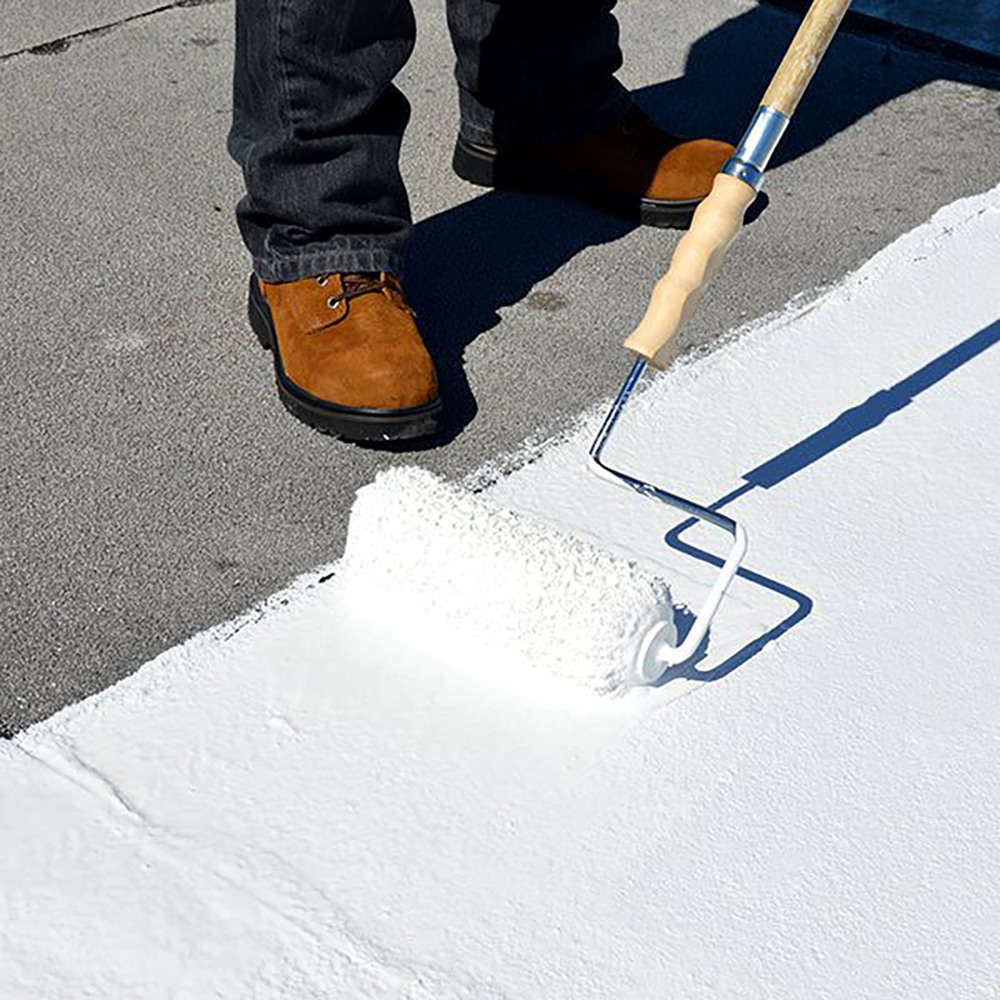Heat-reflective coating is a coating that can reduce the surface temperature of a building or equipment. It reduces the surface temperature by reflecting sunlight and thermal radiation, thereby reducing energy consumption. Heat-reflective coatings can be divided into various types based on different compositions and functions.
1. Classification based on ingredients
(1) Inorganic heat reflective coating: The main components are inorganic pigments and additives. It has good weather resistance and heat resistance. It is suitable for coating outdoor building surfaces, such as roofs, exterior walls, etc.
(2) Organic heat reflective coating: The main components are organic polymers and pigments. It has good adhesion and flexibility and is suitable for coating indoor and outdoor building surfaces, such as walls, ceilings, etc.
2. Classification based on functions
(1) Purely reflective heat-reflective coating: It mainly reduces surface temperature by reflecting sunlight and thermal radiation. It has good heat insulation effect and is suitable for building surface coating in hot areas.
(2) Reflective and absorbing heat-reflective coating: In addition to reflection, it can also absorb part of the heat and dissipate it. It has better heat insulation effect and is suitable for building surface coatings that require higher heat insulation performance.
3. Classification based on application fields
(1) Heat-reflective coating for construction: It is suitable for coating on roofs, exterior walls, window frames and other surfaces of buildings. It can effectively reduce the temperature inside the building and reduce air-conditioning energy consumption.
(2) Heat-reflective coating for industrial equipment: It is suitable for coating on the surface of industrial equipment, pipelines, storage tanks, etc. It can reduce the surface temperature of the equipment and improve the working efficiency and life of the equipment.
In general, heat-reflective coatings can meet the thermal insulation needs in different scenarios through classification of different components, functions and application fields, and provide effective solutions for energy saving and consumption reduction of buildings and equipment.
Post time: Mar-22-2024


